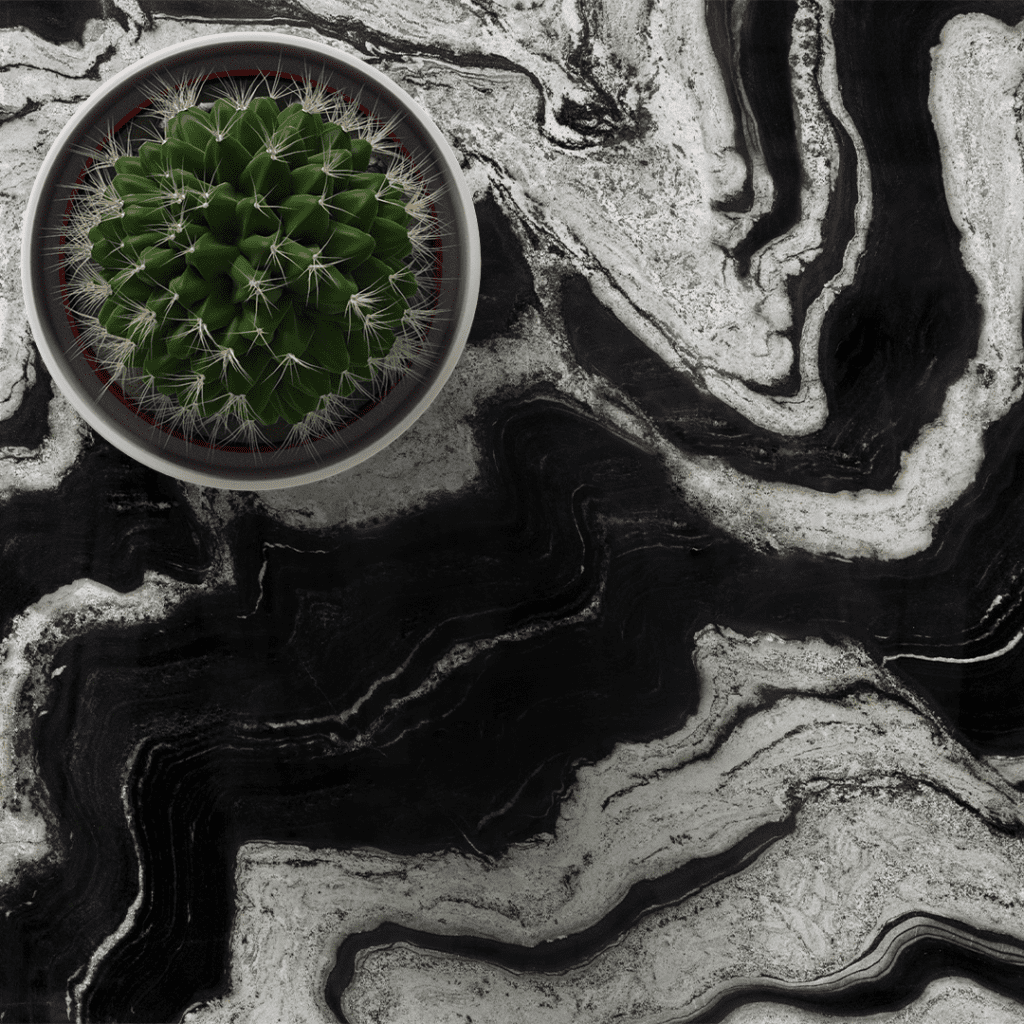With its striking appearance, unmatched durability, and functional characteristics, granite has been one of the most popular natural stones out there for decades. It can be used for a variety of purposes, from countertops to surrounds, and is ideal for either residential or commercial applications. But any granite slab you use for your home needs to be processed at various levels in order to achieve the desired look and functionality.
Finishing is a big part of granite processing, and it’s what gives the stone its unique look and character. The most popular granite finishes include:
- Honed
- Polished
- Flamed
- Lepatora
- Bush-hammered
- Brushed
- Leather
For the purposes of this blog, we will take a look at the first two: hones and polished granite.
Honed Finish
Honed finishes have a subtle, satin or lusterless look that is non-reflective in nature. This finish best brings out the stone’s original color tone and depth, with a finish that is velvety to the touch. Subtle and casual, honed stone offers a lighter or “grayed out” appearance rather than a shinier finish. Plus, it’s easier to conceal natural faults within the slab because it isn’t shiny.
Polished Finish
Featuring a glossy surface, polished finish granite is often seen in tabletops and countertops. The highly-reflective surface tends to highlight the darker tones in the stone, and is often a top choice among homeowners who like the brilliance of the polish that contrasts with their cabinets.
Differences Between the Two
The two types are essentially the same except for the way in which they are finished. Each slab goes through its own particular process depending on whether it will take on a honed or polished appearance. The rough side is polished with coarse abrasive pads, which puts pressure on the surface while grinding and buffing it. If the polishing is halted before the stone gets shiny, it will have a honed finish. This means it has gone through less detailed buffing and grinding processes.
Appearance
Both polished and honed granite is available in a wide spectrum of colors, including gray, off-white, black, and brown. Polished granite is often chosen for glossy kitchen worktops, while honed finishes featuring earthy hues have only recently been popular with darker kitchen designs backed by an industrial vibe.
Polished
No matter which finish it has, granite boosts the value of homes and businesses. However, polished granite features a classic, refined, and luxurious appearance that’s revered by many homeowners for its ability to reflect light. Its natural brilliance can be paired with virtually any interior design style.
Honed
Honed finishes have a more innate, submissive appearance featuring a muted texture that is almost velvety in appearance and touch. The matte finish of honed granite is becoming increasingly popular with today’s homeowners, especially in modern kitchens and baths.
Stain Resistance
Polished granite is best for use in high-traffic areas because it can withstand more daily abuse and chemical deterioration. Honed granite surfaces, on the other hand, tend to show more signs of oil, dirt and handprints.
Scratch Resistance
Polished granite hides flaws such as scratches better, but honed granite is softer and more prone to etching due to porosity. Either way, you should always wipe spills immediately so the liquids don’t soak into the surface. Don’t use abrasive chemical cleaners or steel wool pads on your granite surfaces no matter which finish it has. Paper towels and microfiber cloths can be used to clean the surface gently.
Contact Granite Guy
If you’re still on the fence between honed and polished finishes, our custom fabricators in Metro Boston would be happy to provide further guidance with your decision. Please contact us at 508-460-7900 for a free quote and consultation.

